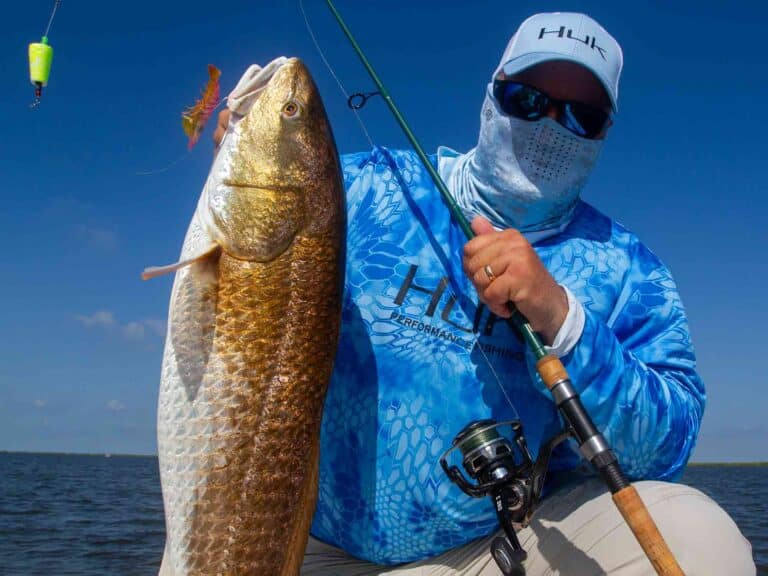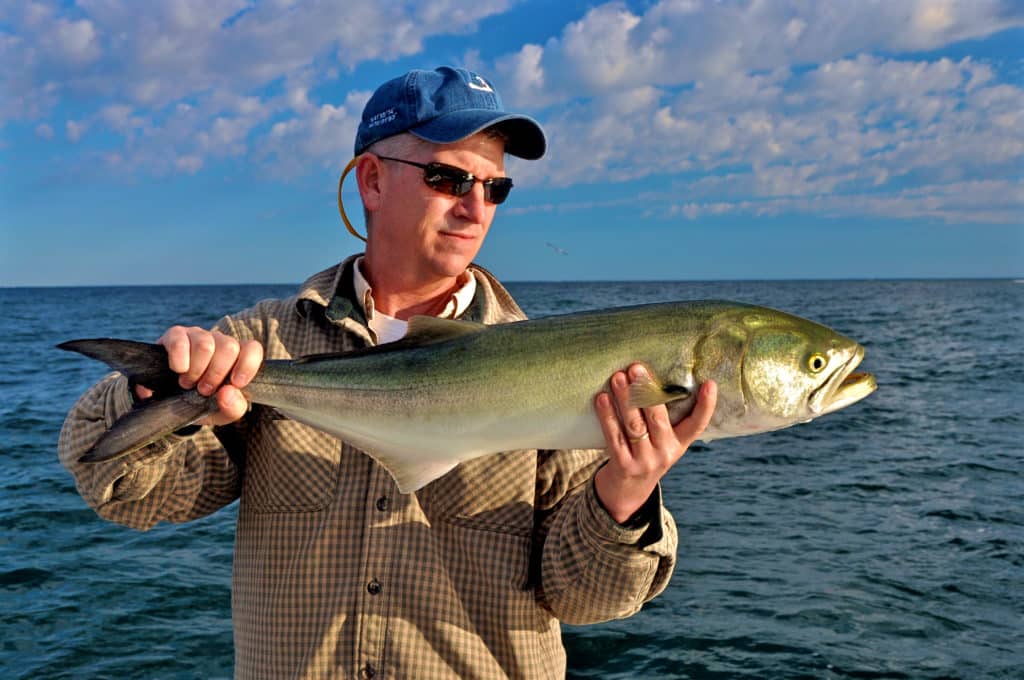
As sport fish, bluefish lack for nothing. Available in bays and the ocean, blues are targeted from beaches or boats. From streamer flies to poppers, they aggressively strike almost anything you put in front of them. And, while even large bluefish don’t typically make long runs when hooked, they pull hard, jump, and shake their heads violently during the fight.
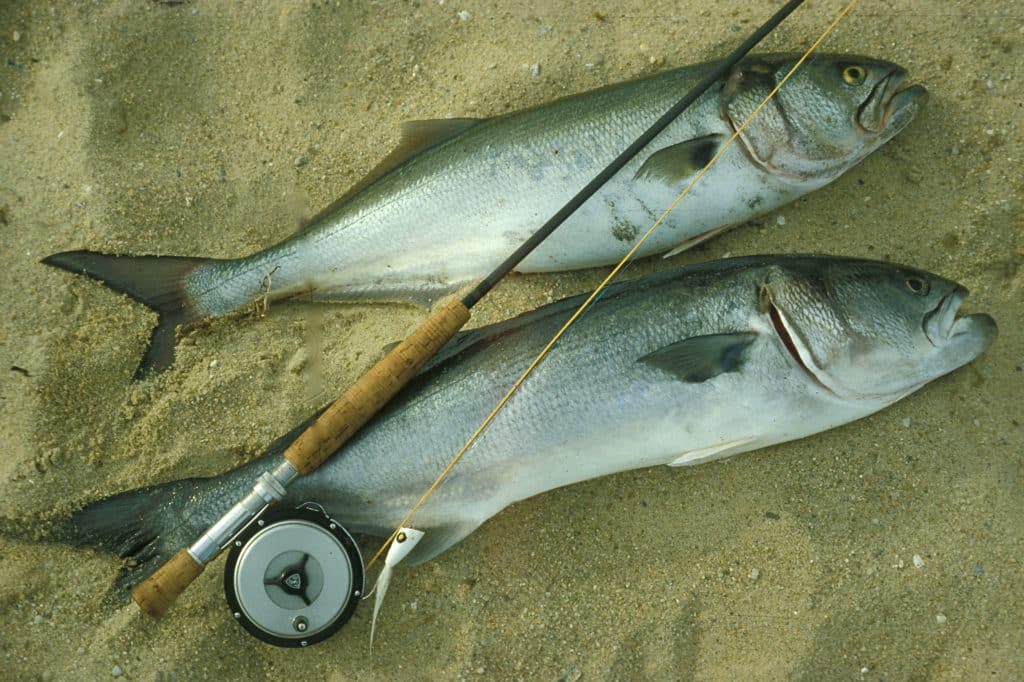
Name Those Blues
Depending on the region and the size of the fish, bluefish go by various monikers. Small juveniles, which grow at an incredible rate during their first year, are often referred to as “snappers. Add a few pounds and they’re called “tailors.” The next size up are “choppers,” and early spring bluefish — longer, but slim and lacking in body mass — are known as “racers.” By fall, having fed frequently and voraciously for several months, those blues increase bodyweight by 30 or 40 per cent. So late fall affords the best chances to land the largest blues, those 12- to 20-pound “slammers.”
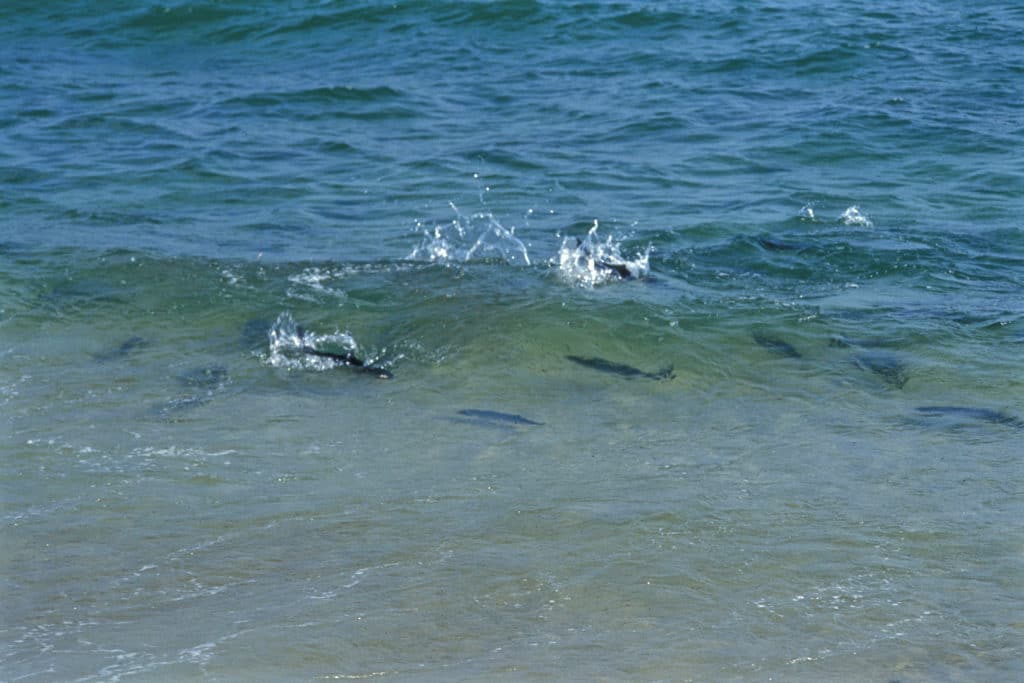
Along the east coast of the U.S., bluefish generally travel north-south, but with some east-west movements. They begin moving from Florida to the Mid-Atlantic in early spring, and go on to New England in late spring and summer.
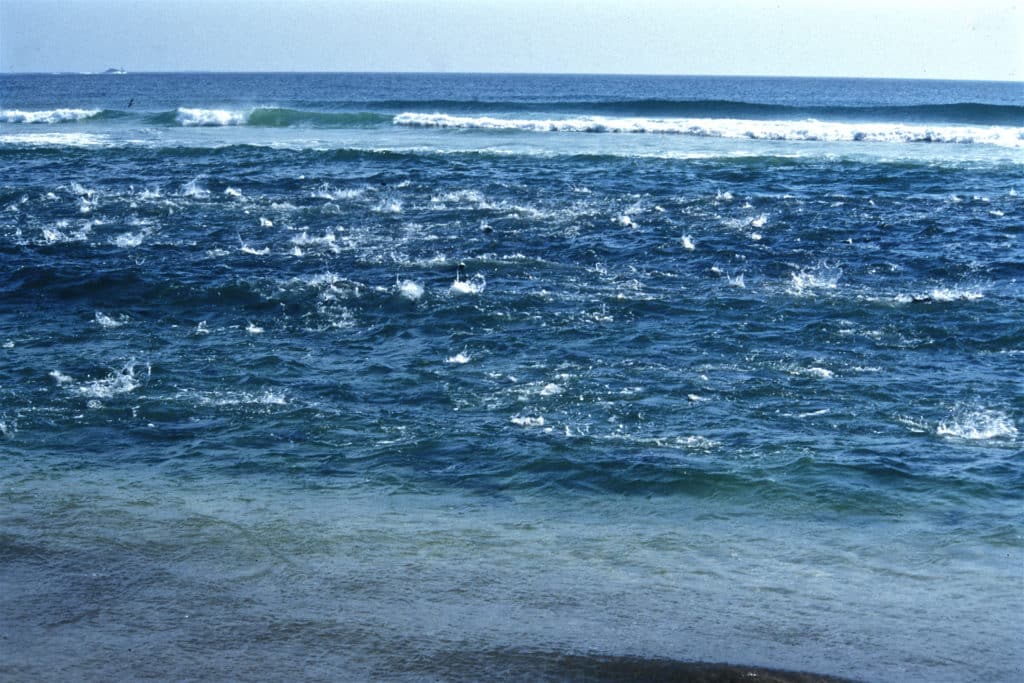
Blitz or Flurry?
Some anglers label any bluefish feeding as a blitz. Yet, while these fish generally crash schools of menhaden, silversides, or bay anchovies, a true all-out bluefish blitz is a remarkable event to witness. The fish attack at an entirely different tempo, launching into a fever-pitched free-for-all that clearly goes beyond satiating hunger. When large blues are involved, even birds stay clear. I’ve occasionally seen one-legged gulls that apparently ventured too close to the mayhem.
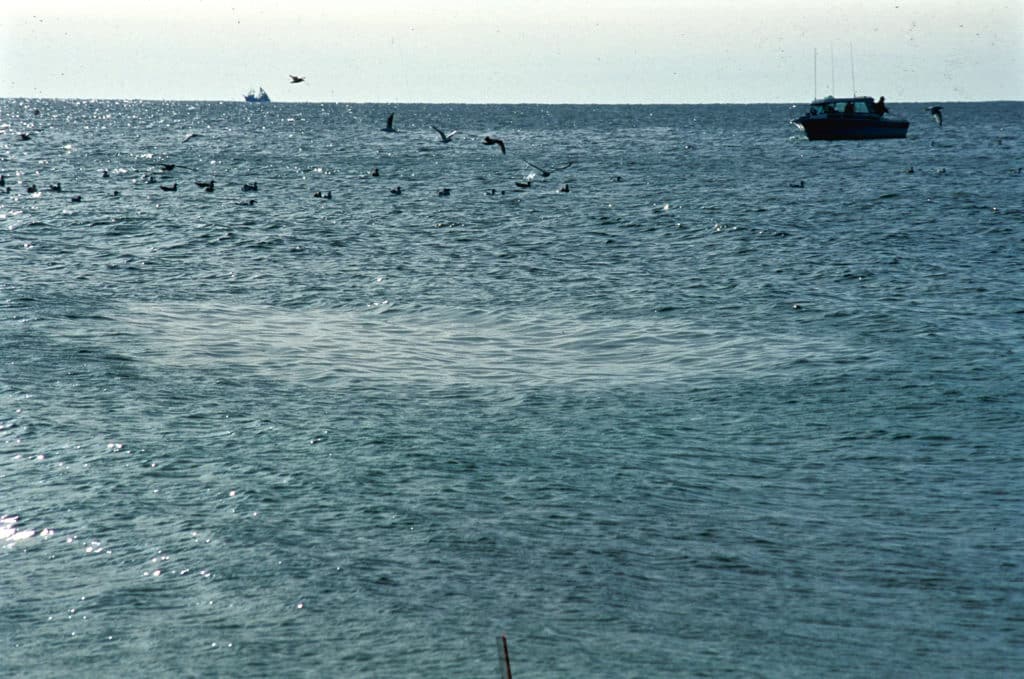
Bluefish Signs
Many bluefish forage along the beaches, but unlike striped bass, they don’t tolerate an excess of suspended sand. Nevertheless, blues do like some turbulence. Bird activity, oily slicks, and breaking baitfish are reliable signs of bluefish activity. All my life I had heard old-timers talk about the odor of thyme or cucumbers revealing the presence of bluefish. I have a poor sense of smell, but one particular night I did experience an almost over-powering, peculiar odor coming off the surf which, as it turned out, happened to be loaded with big bluefish. But blues don’t only hunt along the Jersey Shore, Long Island and other beaches, bottom structures, like sandbars and large offshore mounds, also attract bluefish. Barnegat Ridge, several miles long and about 18 miles off the New Jersey coast, has been a famous summertime hangout for schools of bluefish for decades.
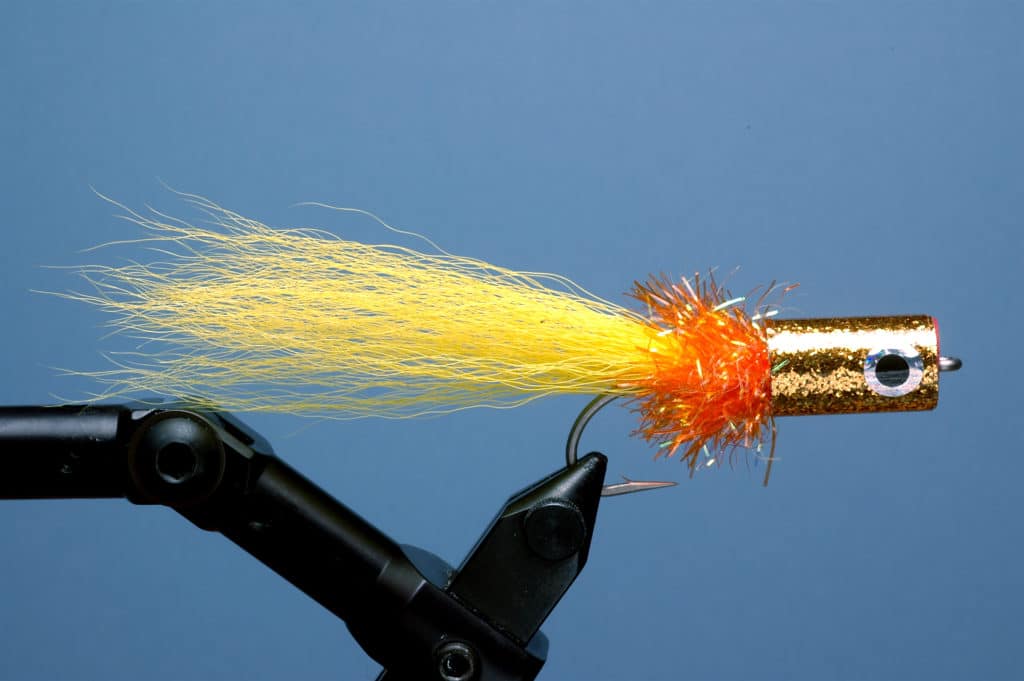
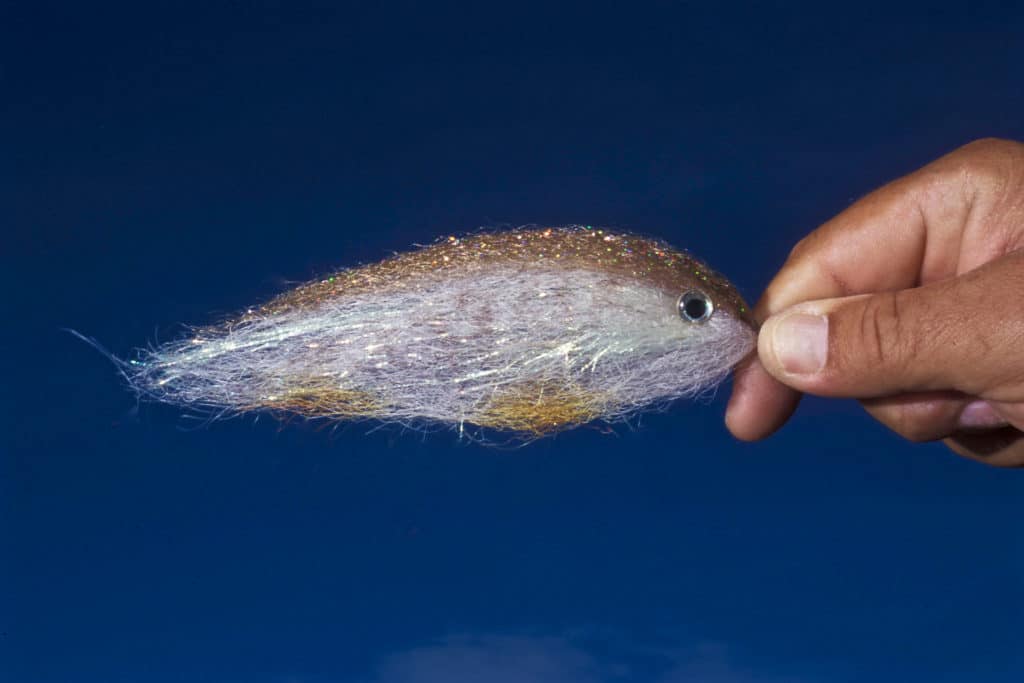
Top Flies
Blues will gorge on nearly any baitfish, bunker (menhaden), herring, mullet, butterfish, silversides, anchovies, so a wide range of flies will produce. They seem to enjoy chasing down their prey, so noisy, splashy poppers provide exciting, heart-pounding action. Durability is a prized feature in both topwater and subsurface bluefish offerings. Epoxy body flies, like Bob Popovics’s Surf Candies, were first designed to withstand the fish’s formidable teeth, which destroy cork and balsa poppers in short order. Foam body poppers, like Bob’s Banger, which feature tough, metallic tape over a foam cylinder, are durable, easy to make (no paint or glue), and have interchangeable heads that allow for easy changes of size and color.
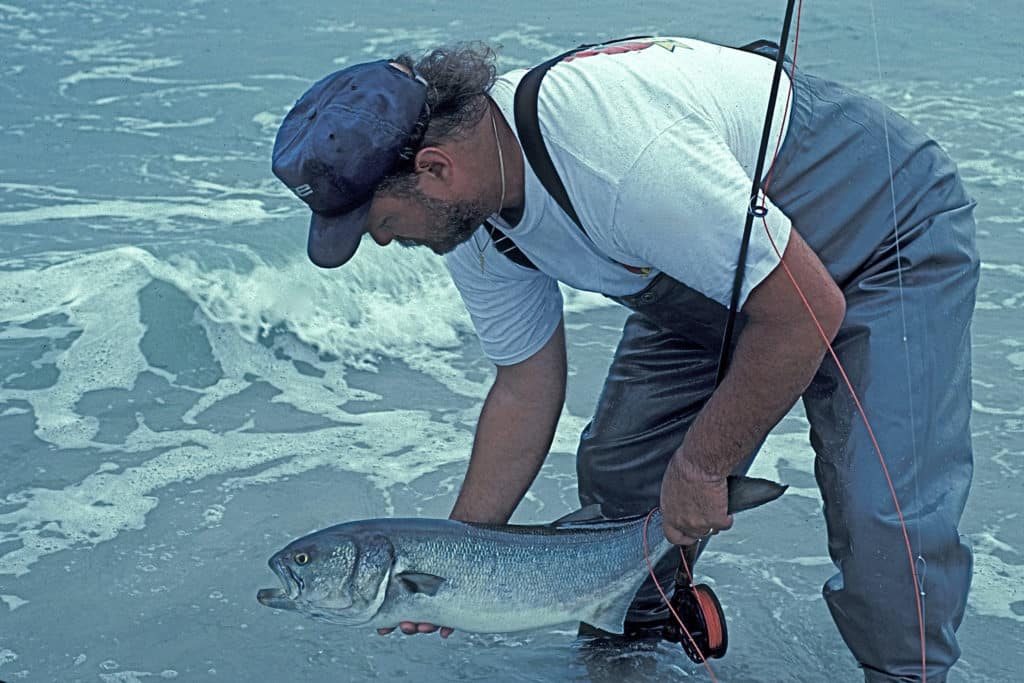
Recommended Tackle
Floating lines are used for blues most often, since they so frequently feed near the surface. However, always keep a fast sinking shooting head handy for that rare occasion when they won’t strike on top. To pursue large fall bluefish, opt for a 9- or 10-weight outfit. You’ll need it to toss large poppers and bulky flies, and to wrestle with fish in the mid teens.
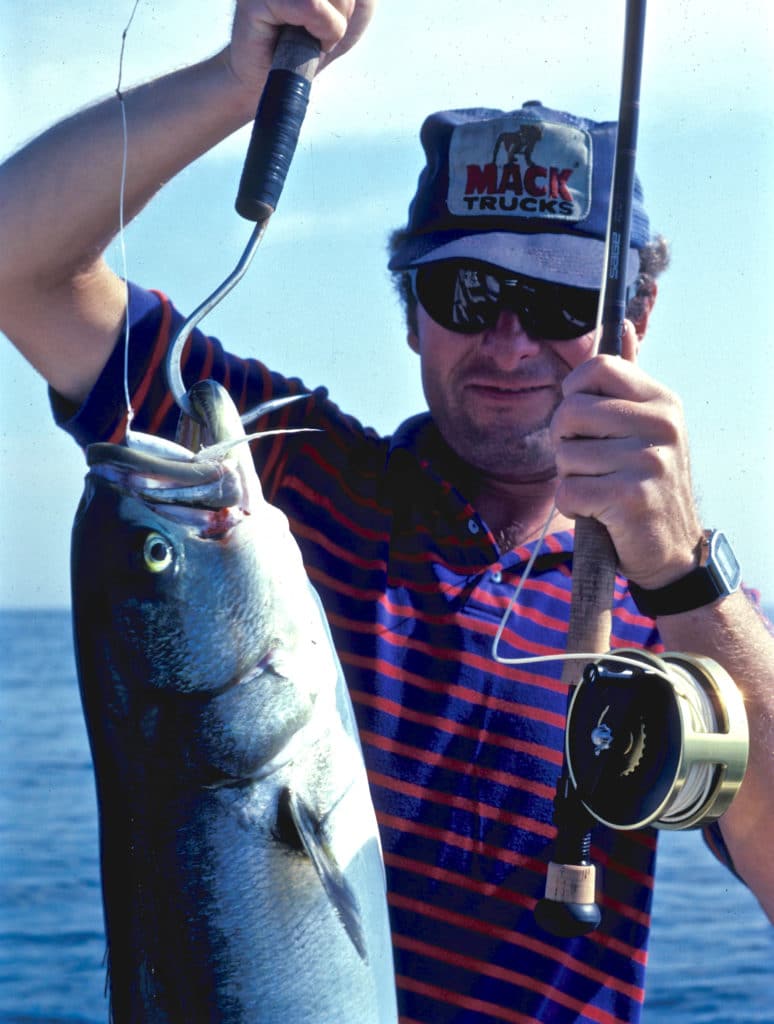
Bluefish Leaders
I gave up on using mono bite tippets for bluefish years ago. The larger the fish, the longer the fight, and I’ve had big slammers chew threw hard 60-pound mono. Bluefish will snap their jaws and chew constantly on a lead er throughout a fight. Use either knottable/tieable braided wire, or single strand, brown colored stainless wire. Avoid nylon-coated wire. It gets shredded, becoming too conspicuous, and spooks fish. Incidentally blues have sharp eyesight, and it’s generally thought they can see out of water nearly as well as in. I’ve had them snap at my fingers during handling.
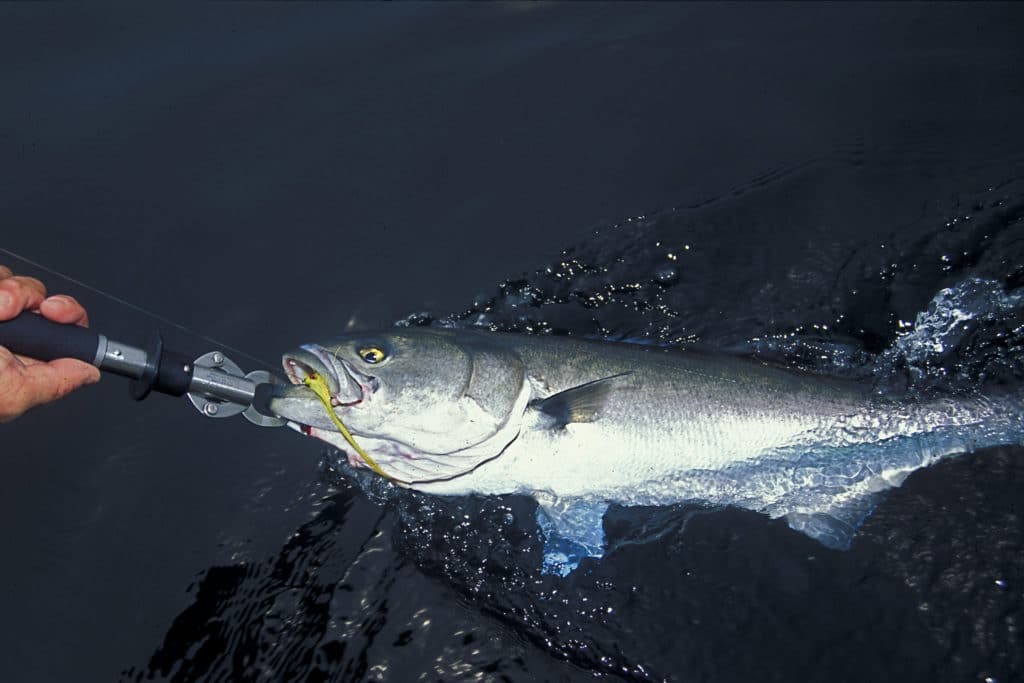
Safe Handling
I strongly recommend using a Boga-grip or another release tool, plus long-nosed pliers for unhooking chores. As nasty as the teeth are, the jaw strength is astounding. Try unclenching them sometime and I’m sure you’ll agree.






